Lawyers benefiting from booming Spanish high yield bond market
International law firms with US-capabililty dominate the rapidly-growing high yield bond sector, but Spanish firms also picking up instructions
The Spanish financial markets are shifting, according to new data that shows organisations are increasingly turning to the debt capital markets (DCM) to plug the financing gap left by the lack of traditional bank loans.
Figures for Spanish high yield bonds for the first six months of 2014 were the highest on record, according to Dealogic. Volume increased 39 per cent on the corresponding period last year, hitting a total value of €4.3bn across 14 issues. The largest issuers were public or financial institutions, including the Spanish government, BBVA, Autonomous Community of Madrid, the Electricity Deficit Amortization Fund, Instituto de Crédito Oficial and Banco Popular Español. Telefónica was the only corporate in the top 10.
Lawyers see the high-yield trend as part of a wider move towards DCM financings. Gonzalo García-Fuentes, a partner at Garrigues, says Spanish companies have been traditionally financed essentially through syndicated loans and project finance but the consolidation of the Spanish banking sector has limited the number of entities that are capable of providing such financing.
“Even when the liquidity returns to the market, we believe Spanish companies will still look to high yield markets to avoid being too dependent on banking finance,” he continues.
Simone Bono, a partner at Freshfields Bruckhaus Deringer, believes that the movement has been largely down to the restructurings of the Spanish financial institutions in the last few years, with the number of banks being reduced from 55 to around 16, with the cost of bank debt against DCM debt and the lack of availability of the funding required within the banking sector contributing.
“With the Basel III provisions, these banks are looking to diversify their debt portfolio and we are seeing the debt/DCM split move towards the US model of 70/30 rather than the European model of 30/70,” she adds.
Jaime de la Torre, a partner at Cuatrecasas Gonçalves Pereira, says the trend is sustainable “due to the fact that a vast majority of corporates up to date have not had access to capital markets and they are going to be obliged, due to the situation of the Spanish banking sector, to search for new financing tools”.
Further growth in high-yield market
García-Fuentes points out that the new alternative bond market (MARF), where companies are issuing high-yield bonds for €5m to €100m each, is leading to the creation of a Spanish high-yield market. “We expect that this local high yield market will continue to grow in the near future, and could be a first step for companies towards other future issuance in international capital markets.”
De la Torre observes that, while law firms are not especially putting more resources into the high-yield sector, Cuatrecasas is targeting the fixed income capital markets. “We also have issuances subject to Spanish law listed on AIAF, the Spanish official fixed income marker and MARF, the Spanish alternative non-official market,” he adds.
The structuring and issuance of the bonds themselves are not done under Spanish law, while Madrid is not the top destination for the placement of notes. “Most high yield bonds are structured under New York law with the notes listed in markets like Ireland and Luxembourg,” Bono observes. “As such, international firms have been the most active in the sector because Spanish firms do not generally have the US law capacity.”
This is not to say Spanish firms have no involvement. Matters such as due diligence and advice as to corporate and guarantee/security matters before and after the placement require Spanish legal insight.
“Spanish law firms have realised that, although international high yield notes are US law issuance, they do have a key and very important Spanish law component so they are also attractive for them,” García-Fuentes concludes.











